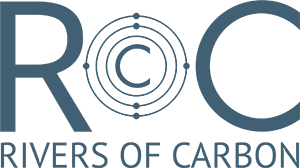In July of 2021, the Rivers of Carbon – Naas River project commenced as part of the ACT Government’s ‘Building resilience to drought by establishing drought refuges on ACT farms through improved riparian management’. The project hads a very tight time frame and this first phase of restoration concluded in September. We are proud to say all project goals have been delivered or over-delivered during the last 15 months, due to fabulous landholders, volunteers and a dedicated coordination team. Together we have achieved the following:
- 5 local landholders and their families engaged
- 10.5ha of riparian area revegetated with native trees and grasses
- 3km of fencing constructed to control stock access to the river
- 5 alternative stock water sources installed
- 8 active erosion sites mitigated
- Multiple local landcare volunteers and Traditional Custodians engaged
This project is much more than the sum of its measured outputs, it is a story of rebuilding trust to achieve shared environmental, social and economic benefits. We feel very grateful to have worked with an incredible group of landholders in the Naas Valley, helping them to make their properties more resilient to future climatic conditions. It has been a privilege to be part of a community coming together with shared goals of protecting their river from stock impact through new fencing, alternative stock water, erosion control measures and native revegetation.
This is just the beginning of our ongoing relationship with these landholders, as they have entered into a ten year agreement with us to protect and care for the works undertaken on their properties. Read on to see what we have accomplished in this first phase of the project.
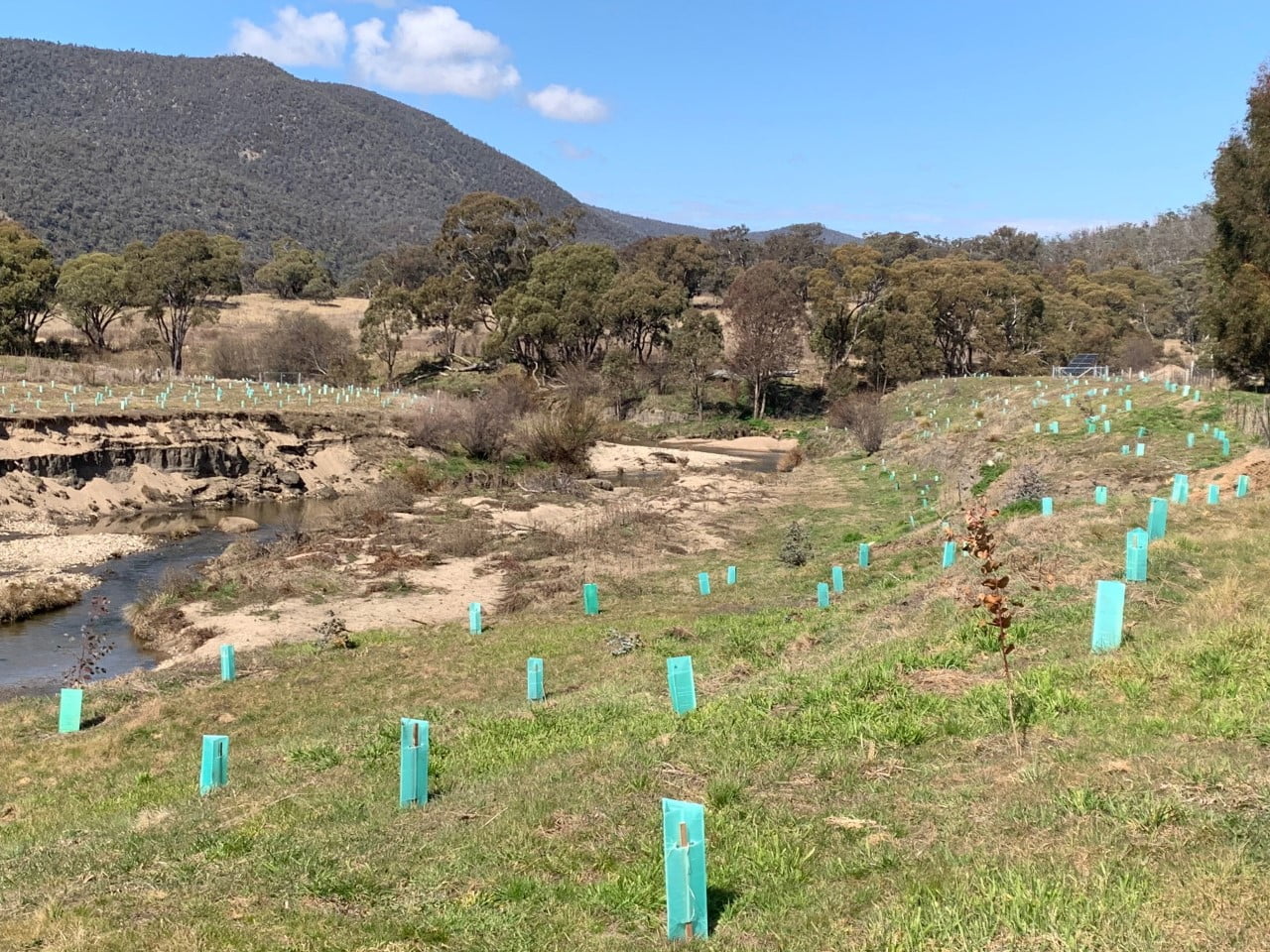
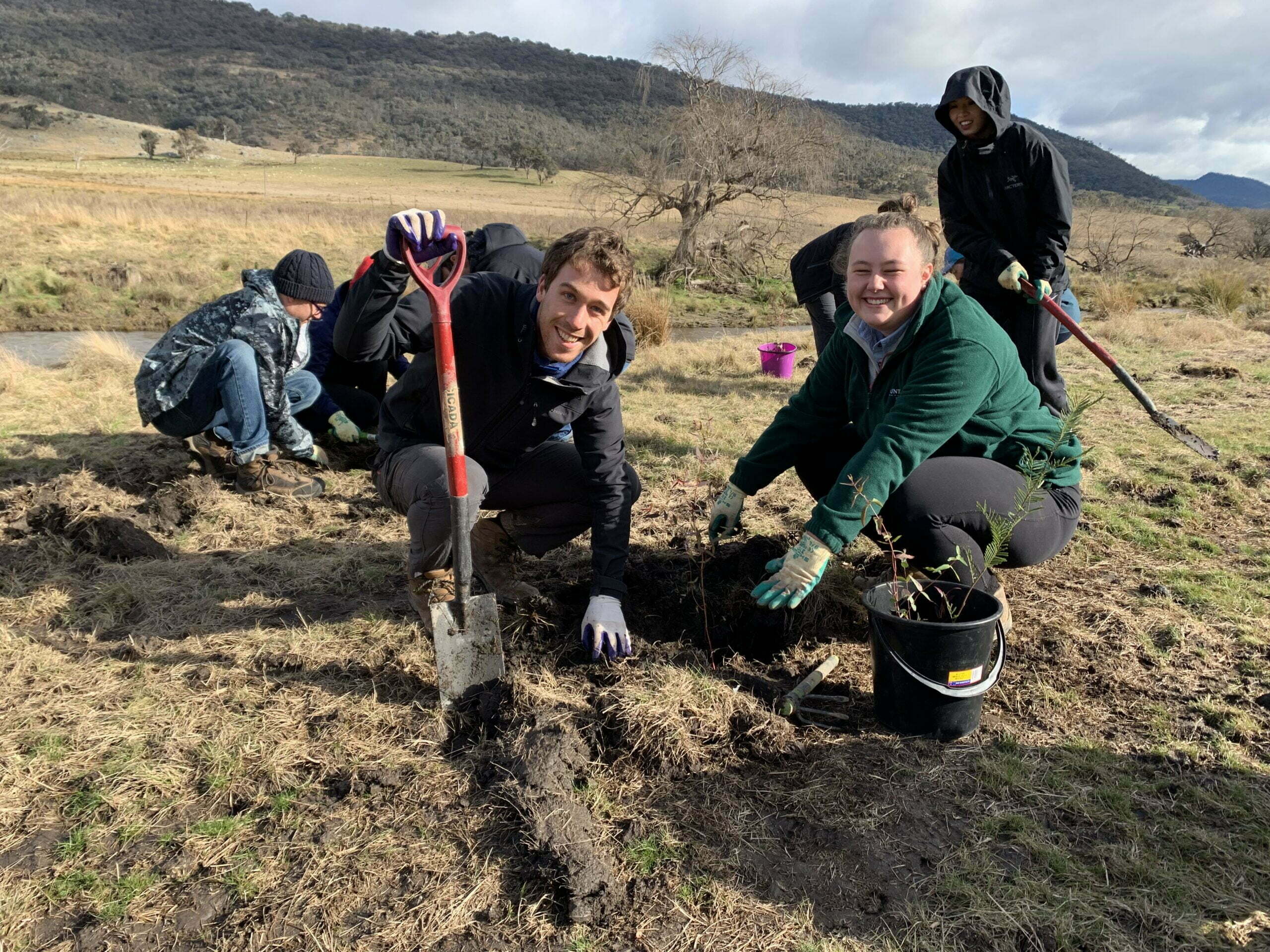
Project outputs
Native revegetation
Native trees and grasses are vital to a healthy Australian ecosystem. Their leaves, flowers and branches are important for secure habitat, food and pollination. Meanwhile, their root systems provide structure to the soil below, reducing erosion and slowing water movement over the landscape. Fencing out stock and planting along riparian areas is a great step towards sustainable river management and agricultural drought resilience.
Native vegetation for this project was sourced from around the Canberra region and designed to survive in the Valley’s cold and windy climate. The trees are hardy and will withstand the annual frosts if protected by a tree guard until they are strong enough to stand up on their own.
Over the course of this project, the RoC team, project partners, and volunteer groups have successfully planted over 2000 native trees and over 1500 native grasses.
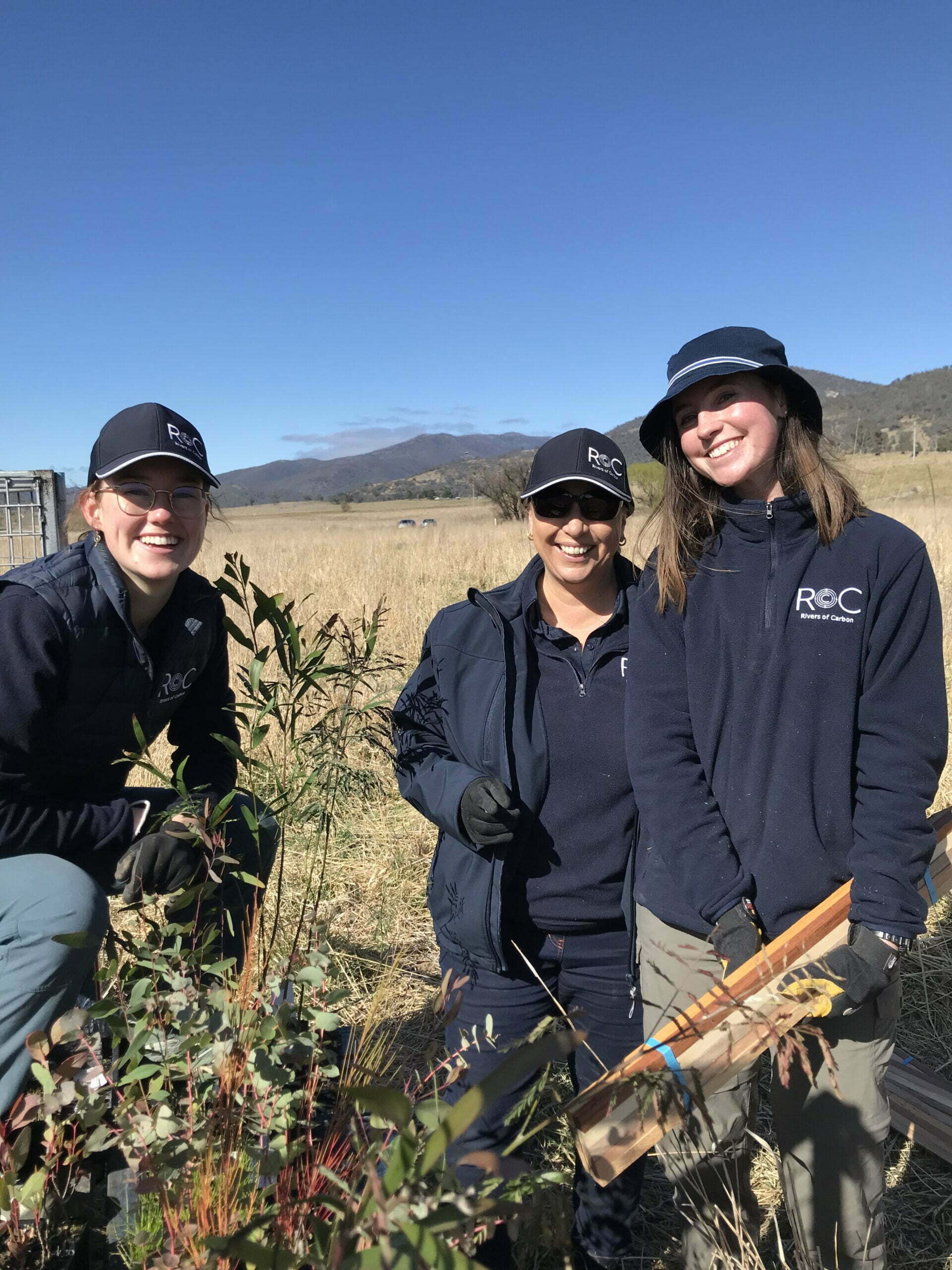
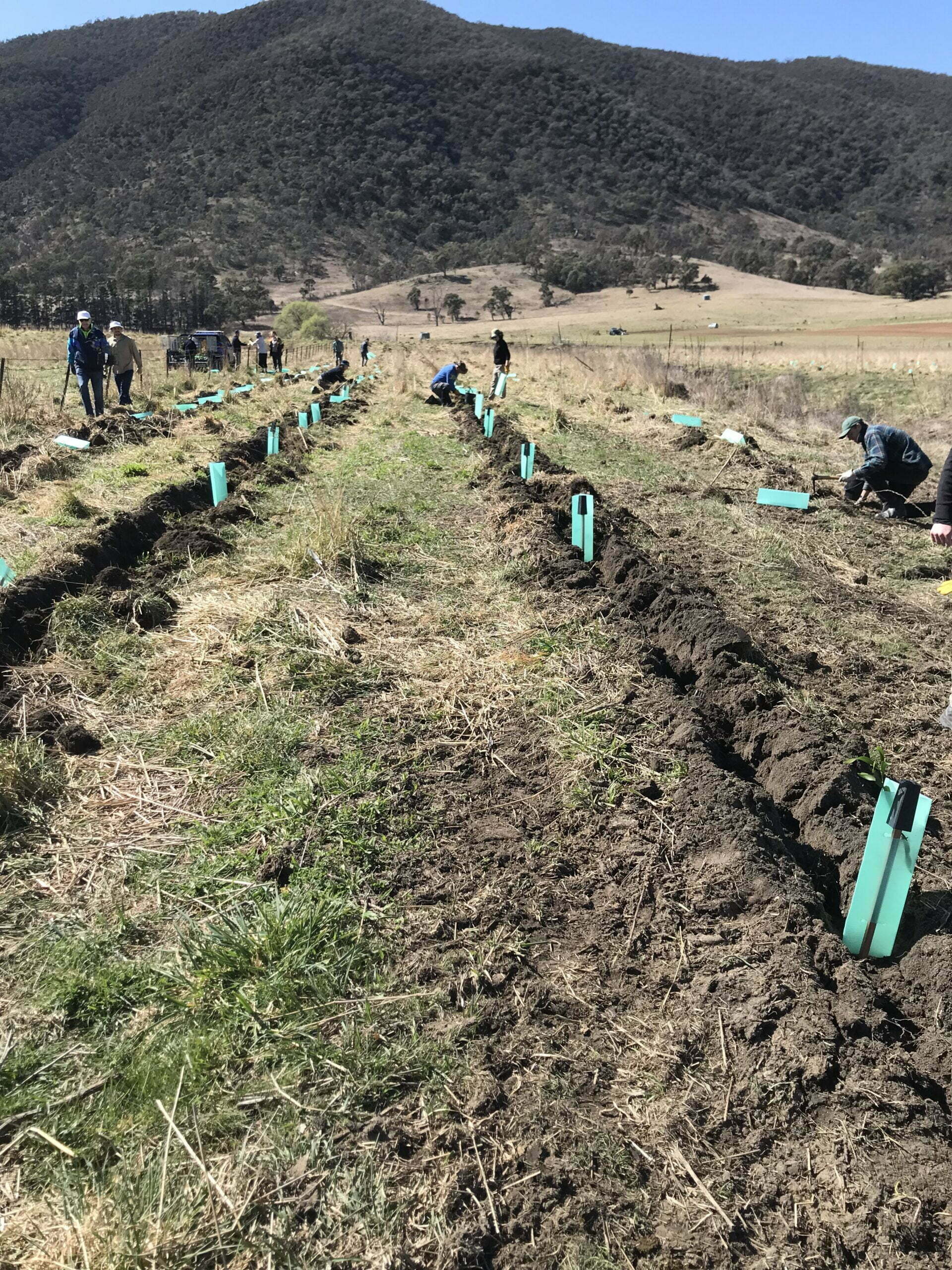
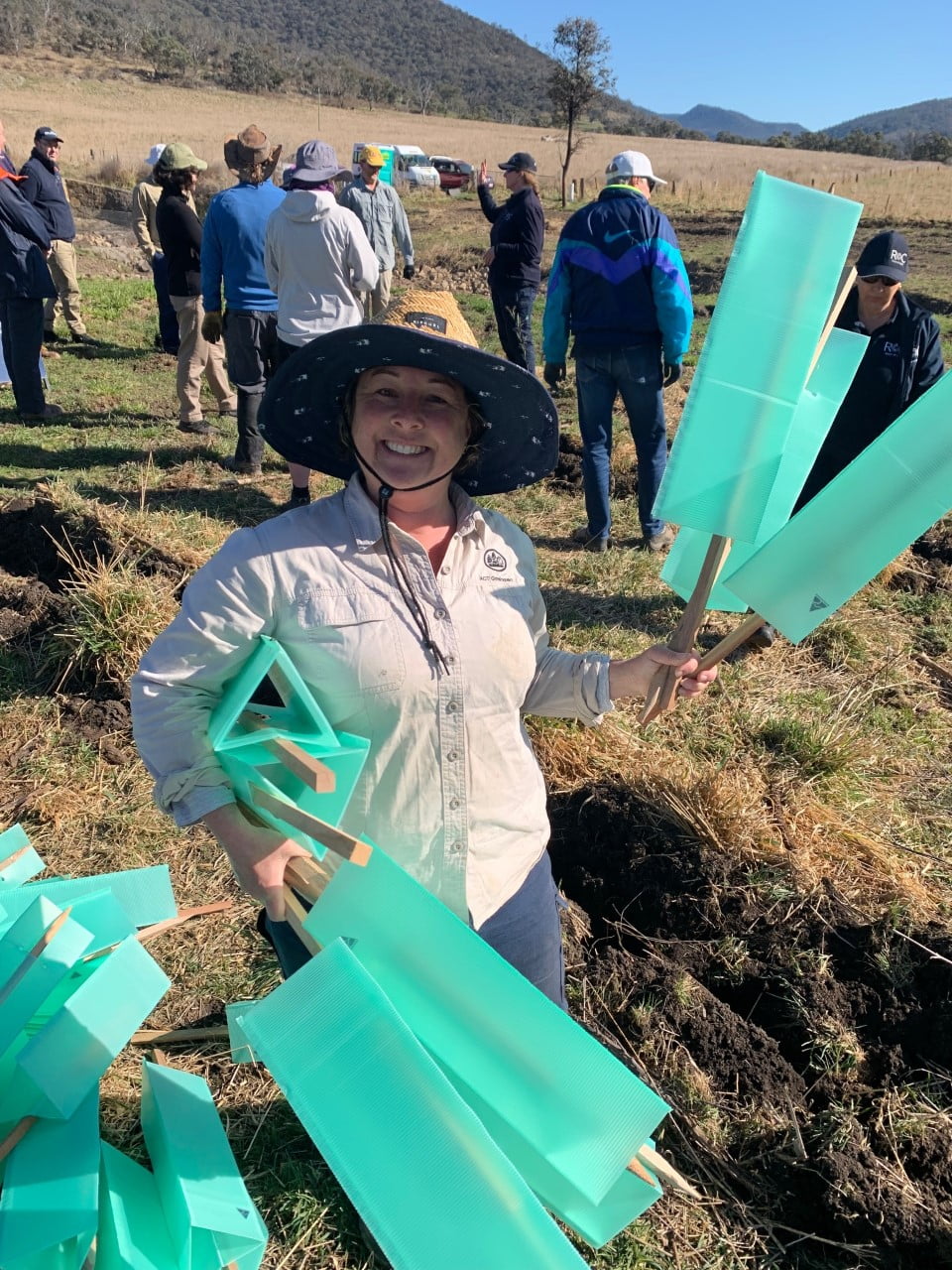
Fencing
Fencing is an effective way to improve stock management around waterways. In Rivers of Carbon projects, we recommend landholders construct new fencing at least 10-20m away from the river bank (more if you can!) to allow space for protected revegetation projects and to gain mulitple benefits – erosion control, revegetation, sediment trapping, shade and shelter along the riverbank and over the river, and habitat for wildlife.
Through this project we have worked with landholders to erect 3km of new fencing, some of which linked up with existing fencing to protect over 10ha of riparian land!
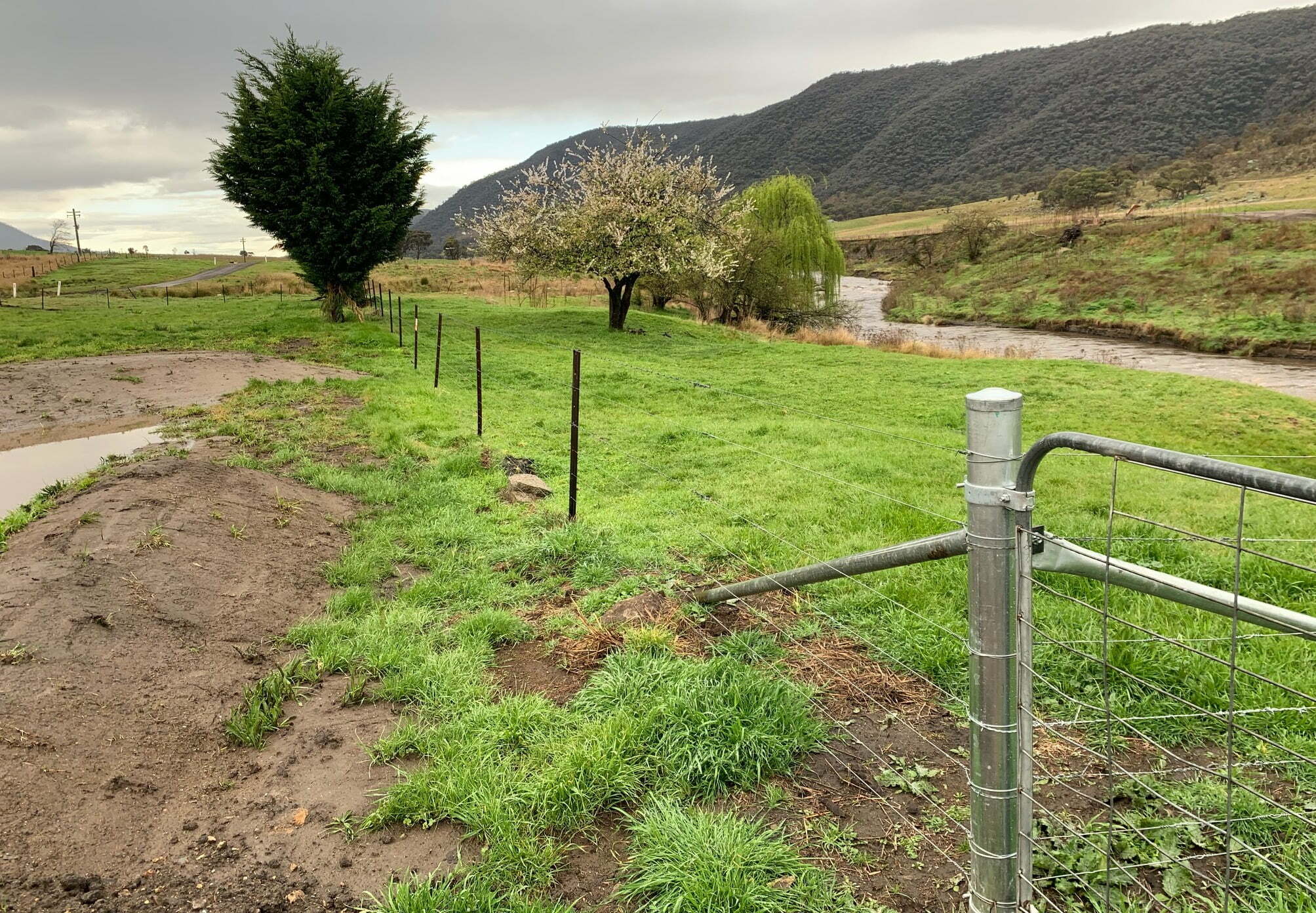
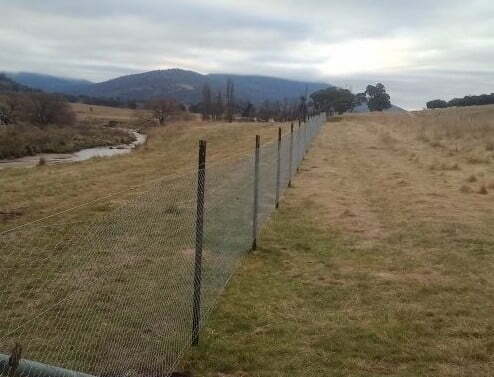
Alternative stock water
When riparian areas are fenced off for environmental protection, it can leave livestock without their access to drinking water. Alternative stock water sources provide clean, high quality drinking water (as stock are not muddying and defecating in the water they then drink) via a mix of water tanks, troughs and piping systems, depending on what is the most appropriate infrastructure for each property.
Through funding provided by the Naas River projects, landholders introduced 5 new alternative stock water points, using solar pumps to gravity feed fresh water based on stock needs.
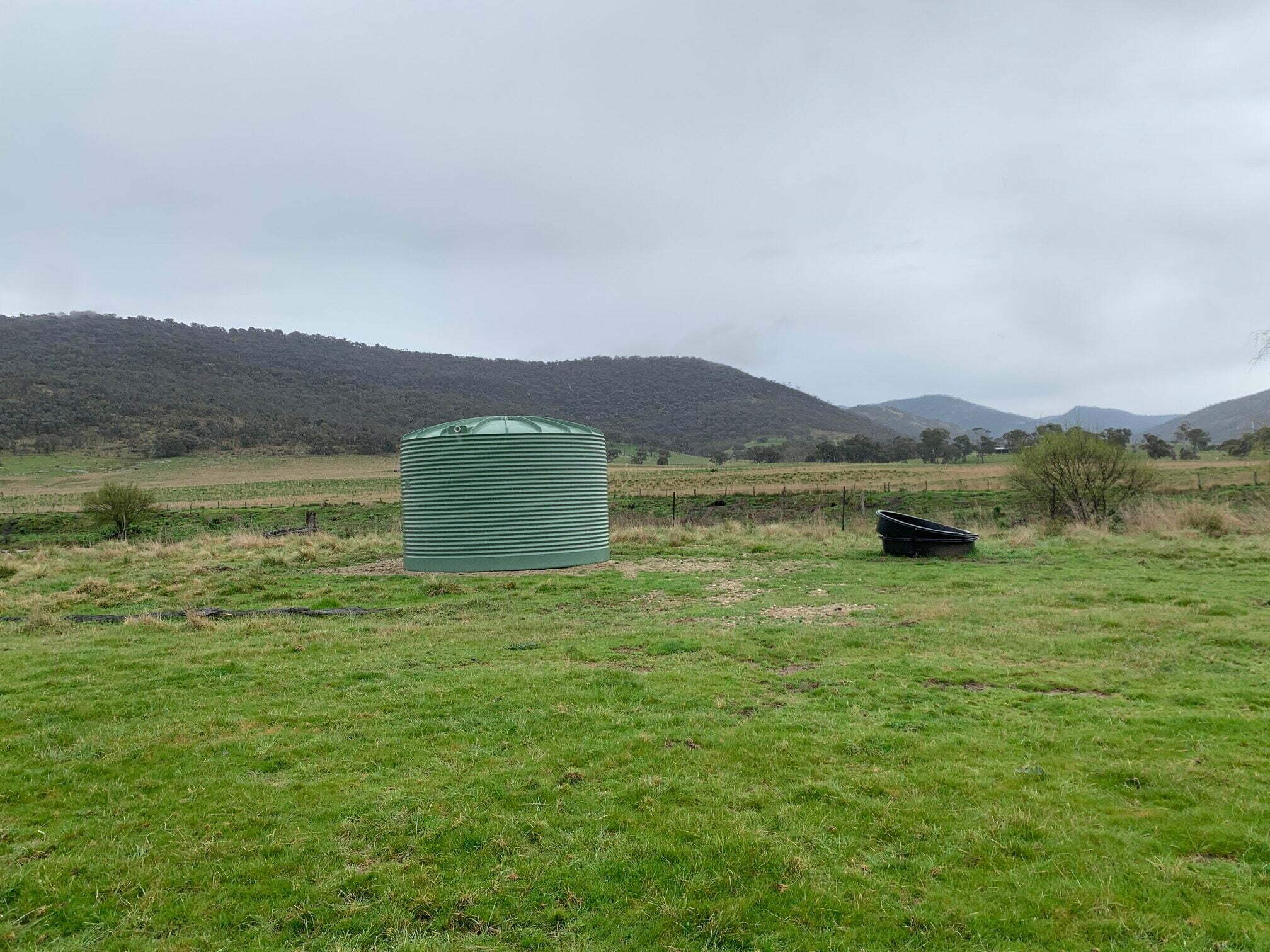
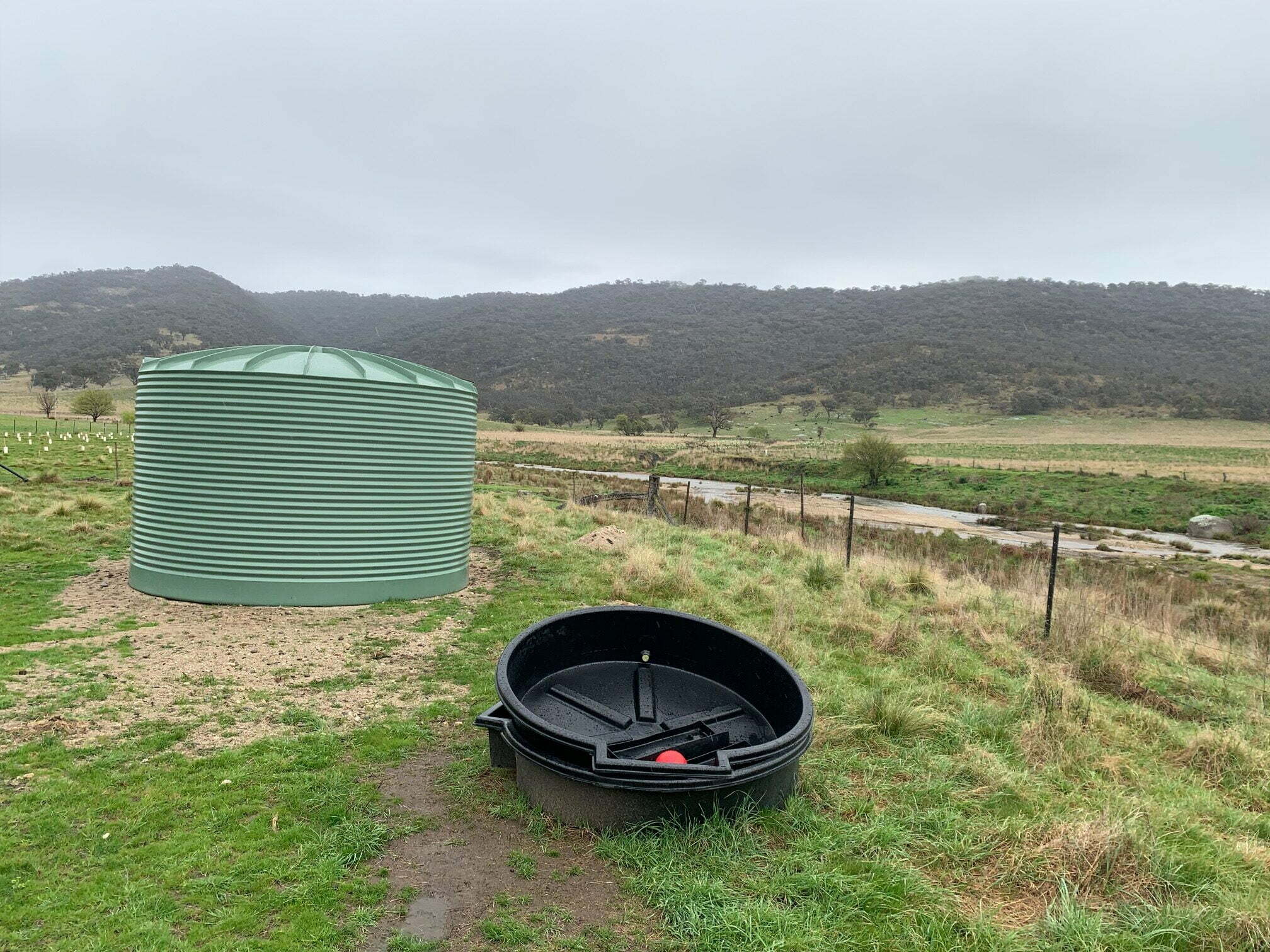
Erosion
Without sufficient vegetation along the river banks, the Naas River has seen decades of head-cut erosion during heavy rainfall. When the water levels rise quickly, it scrapes ground cover and dirt off the bank walls, leaving it prone to further collapse. This phenomenon has left highly vulnerable areas in need of erosion control.
In this project, the funding has supported one large rock flume, three rock skirts, and two diversion banks. We worked with a skilled earthworks and erosion contractor to prepare and install different structures designed to address different erosion issues depending on the site. The photos below show the different structures installed through this project.
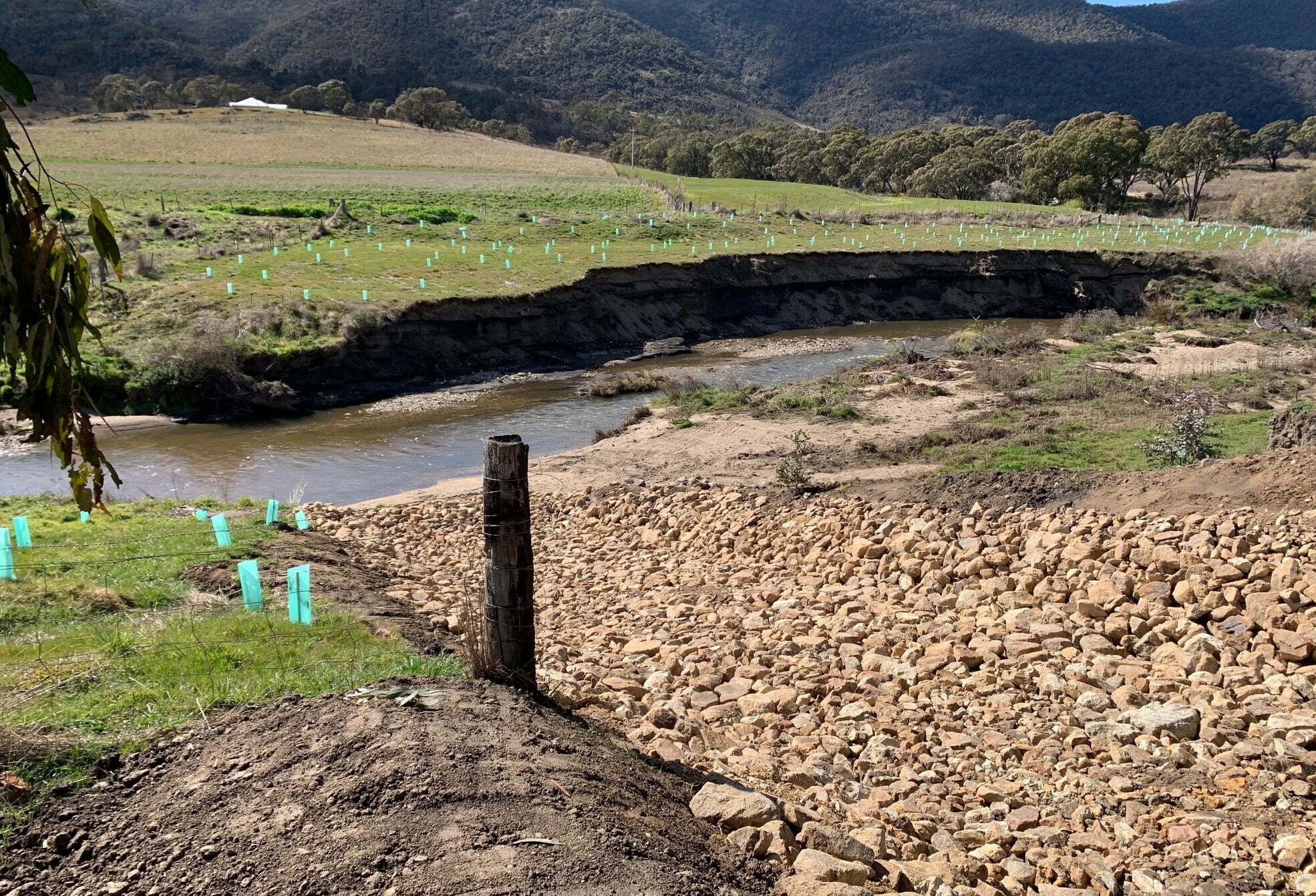
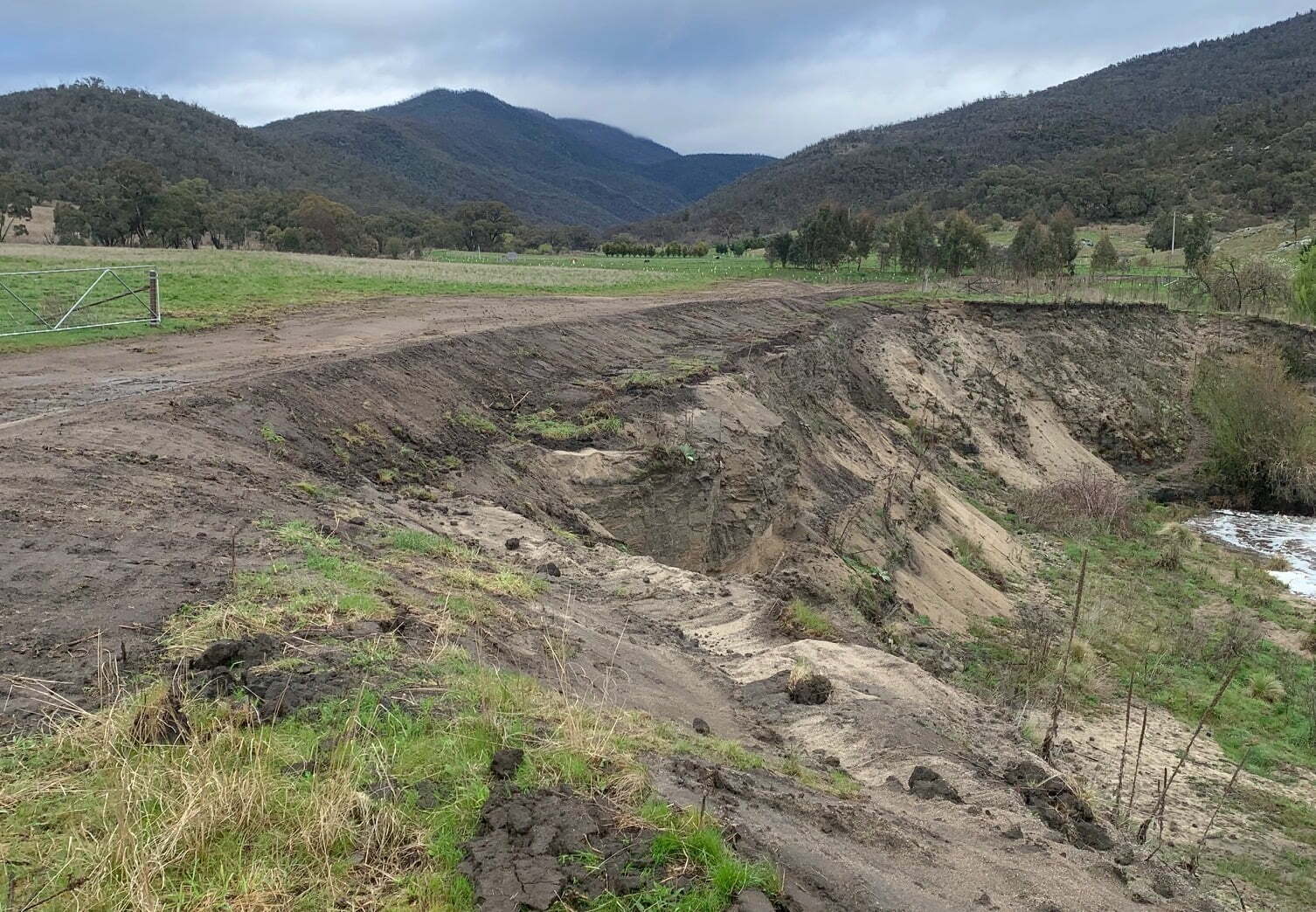
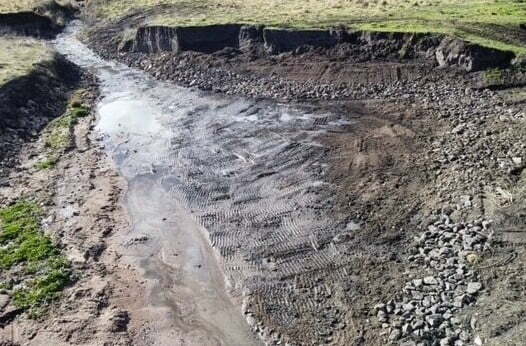
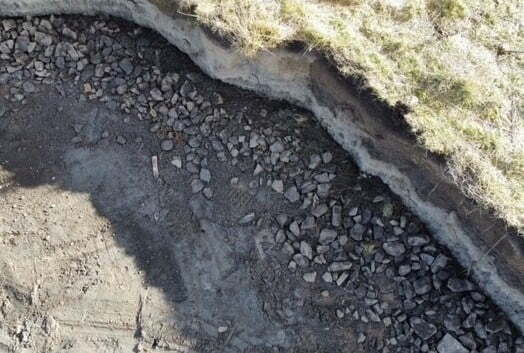
Overall this project has been a pleasure to be a part of. We’d like to thank the project’s funding body, ACT Government and the Future Drought Fund, and all our partners including the Southern ACT Catchment Group,, Soil and Water, and the ANU Intrepid Landcare group. Most of all we say a really big THANKYOU to the wonderful landholders who trusted us to work with them on the properties and river they love and value.
All images are courtesy Siwan Lovett and Mikayla Hyland-Wood.
Photo Gallery
What to get involved?
If you are interested in joining a Rivers of Carbon as a landholder, our Crookwell, Yass III, and Gudgenby projects are offering opportunities now. Contact one of our RoC team for more information:
Lori Gould, RoC Program Manager:
✉️lori.gould@arrc.com.au
📞0439 030 058
Mikayla Hyland-Wood Project Manager:
✉️mikayla.hw@arrc.com.au
📞0466 665 272

